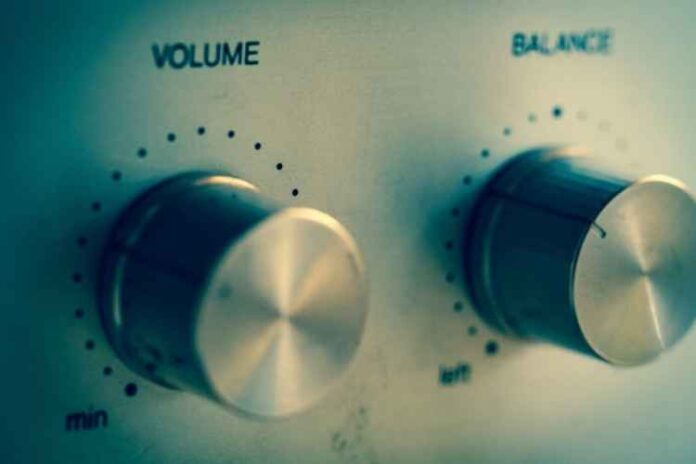Projections show that the audio amplifier market will reach a value of $3.4 billion by 2024.
If you’re an audiophile, finding the best amplifiers and best car speakers can be very important. Sound quality and efficiency are two of the driving factors, so you need to know which amplifiers excel in these areas.
For a rundown on the different types of amplifiers on the market today, keep reading.
1. Class A
Class A amplifiers are among the most simple. The waveform that’s conducted through all output devices of one of these amplifiers goes through a full 360° cycle.
With Class A amplifiers distortion is kept low and they generally produce less hum. This makes them some of the best amplifiers in terms of audio quality.
The drawback is their efficiency. All output devices need to be conducting at all times, and they need high levels of quiescent current. Both of these make the efficiency of Class A amplifiers very low and cause the amplifiers to generate a lot of heat when in use.
2. Class B
Class B amplifiers have a push/pull output system, so at any given time only half of the output devices will be conducting. This makes them far more efficient than Class A amplifiers.
Despite this, Class B amplifiers aren’t very common due to the crossover distortion they exhibit. This can diminish audio quality, making these a less popular choice among audiophiles.
3. Class A/B
The idea of Class A/B is to combine the best aspects of both Class A and Class B amplifiers, without any of the drawbacks. This makes them the most popular choice on the market.
The audio quality is maintained with little distortion or hum so audiophiles can enjoy them. Meanwhile, the efficiency is significantly better than Class A amplifiers and they don’t get nearly as hot. They aren’t quite as efficient as standard Class B amplifiers, but the difference is not too substantial.
4. Class G & H
Class G and Class H amplifiers aren’t generally recognized on their own. They are essentially variations on Class A/B amplifiers. The main idea behind these is that they consume less power than Class A/B making them more efficient.
While this is achieved, the components (mainly the bipolar transistors) needed are very expensive, so this is far from the most cost-effective option.
5. Class D
Class D devices such as Audiocontrol amplifiers stand out for being the most energy-efficient type available. They’re often referred to as “digital amplifiers” despite the fact they aren’t actually digital. The letter classification “D” was just the next letter in sequence as Class C amplifiers serve non-audio purposes.
The improved efficiency of these is possible as the amplifiers can quickly switch outputs between on and off. Other amplifiers always have at least one device on, so use more energy even when idling.
The Best Types of Amplifiers
Your own needs might determine the best types of amplifiers for you. Keeping energy usage down is paramount to many people, giving rise to the popularity of Class D amplifiers in the market.
If you’re interested in more tech articles check out some of our other blog posts.


